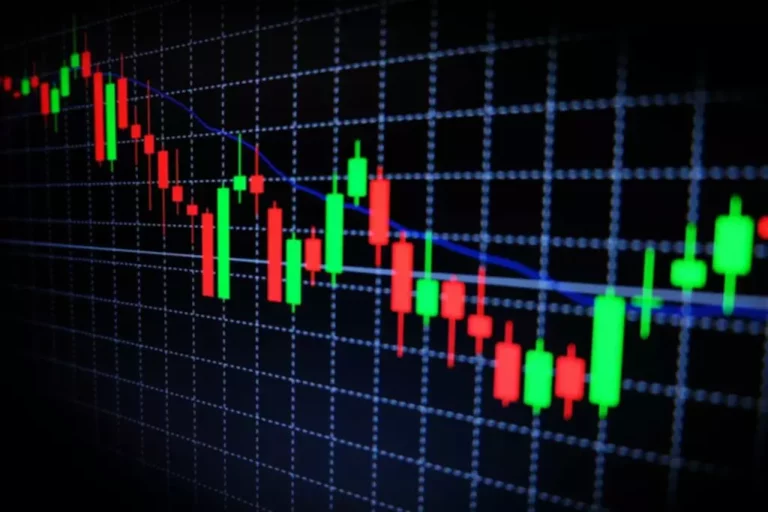The classic never gets old. We can view beautiful Renaissance paintings for hours and read the magnificent poetry of the Silver Age many times. Forex is no exception, which also has its classics of technical analysis.
Graphic patterns are part of such a classic. These predictable price patterns were invented in the early days of technical analysis. But even today, graphic patterns do not lose their relevance. The Falling Wedge pattern is a valuable trader’s tool that signals an approaching bullish momentum. This article describes a technical analysis approach to trading the Falling Wedge and explains the key points when trading this pattern.
Falling Wedge Definition
A Falling Wedge is one of the figures (patterns) that signal a bullish reversal. Its shape is a cone with a pronounced downward slope, which is its distinguishing feature. Furthermore, do not confuse a Falling Wedge pattern with a symmetrical triangle, which has little to no up or down slope.
The Falling Wedge chart pattern is a dual pattern that, in some situations, can mean a continuation of a bearish trend and, in some cases, a bullish reversal. However, it is worth noting that such setbacks are often short-term.
The Falling Wedge model is a kind of downward price spiral. This downward, undulating price movement is limited by two trend lines that intersect at a low point. The top line (having a steeper downward slope) is the resistance level, and the bottom line is the support level.
Building a Falling Wedge is a piece of cake. Draw one line through the significant peaks and another along the significant depressions. They should intersect and slope down. The number of anchor points (tops and bottoms) is essential — if there are less than five, the pattern is unreliable.



Turnkey Brokerage Solution For Your Business
Get the most profitable fully licensed fx/crypto brokerage software or ready-to-operate business in 48 hours. Best-in-class web & mobile trading platforms, sales-driven CRM, full integration with MT4/5, and 150+ payment providers.
How to spot a Falling Wedge on a chart
The Falling Wedge is interpreted as both a bullish continuation pattern and a bullish reversal pattern, leading to confusion in identifying and defining the pattern. It is essential to distinguish between the market conditions in which the pattern is formed.
A significant differentiating factor determining the nature of the pattern (continuation or reversal) is the direction of the trend when a Falling Wedge appears. A Falling Wedge is a continuation pattern if it appears in an uptrend and a reversal pattern in a downtrend.
The Falling Wedge as a continuation (or reversal) pattern is easy to spot with these steps:
- Identify an uptrend (or downtrend).
- Identify trend lines linking lower highs and lower lows. Both lines are directed downwards and converge.
- Confirmation of divergence between price and an oscillator such as the RSI or the stochastic indicator.
- A break above the resistance level signals the opening of a long position.
Wedge patterns usually form at the top or bottom of a trend. The wedge requires trading when the straight lines converge, i.e., during the pattern formation time frame. The wedge can take a few weeks to 6 months to complete. These patterns have an ascending and descending trend line developing towards the same point. The main difference between wedge patterns and triangle patterns, which also have a pair of trend lines, is that both lines are sloping up or down in the first category. Whereas in the case of triangles, only one line has an up/down the slope.
Pattern formation
To correctly identify this pattern, the analyst needs to pay attention to the following points:
- The Falling Wedge reversal pattern should be preceded by a pronounced bearish trend in which it will form a final low. The reliability of this pattern is directly proportional to the period during which the movement has existed. That is, figures preceded by a pronounced bearish trend for at least a month are significant for technical analysis.
- The figure should form at least two, and preferably three, corrective highs, through which the upper resistance line will be built.
- Also, the figure should form two lows, through which the lower support line will be drawn. In this case, the second minimum should be lower than the first.
- The upper resistance line and the lower support line should converge and form a cone as the pattern develops. Although the new lows will be lower than the previous ones, the downward movement will fade, indicating that the bears’ pressure on the market is decreasing.
- The Falling Wedge receives a final confirmation when breaking through the upper resistance line, which a significant increase in trading volume must necessarily accompany. From the moment it is broken, the upper resistance line turns into a support line for subsequent possible corrections on a bullish trend.
As long as the risk/reward ratio is good, a stop loss might be put below the most recent swing low or at a previous resistance level. As with a rising wedge, accurately identifying a Falling Wedge pattern is one of the most challenging tasks in technical analysis. The pattern itself is a continuation of the downtrend, which continues to form new lows, and each next price correction high will be lower than the previous one.
The only sign of this pattern is some easing of bearish pressure on the market. Still, its final confirmation occurs only after breaking the upper resistance line, which a significant increase in trading volume will accompany. However, even in this case, the analyst should use other technical analysis tools to obtain signals confirming a bearish trend reversal.
Once you have found a rising wedge, one of the alternatives available is to enter the market with it to place a sell order (short position) on the break of the lower side of the wedge. To avoid a false breakout, it is necessary to wait for the candle to close below the lower trend line before entering the market.






